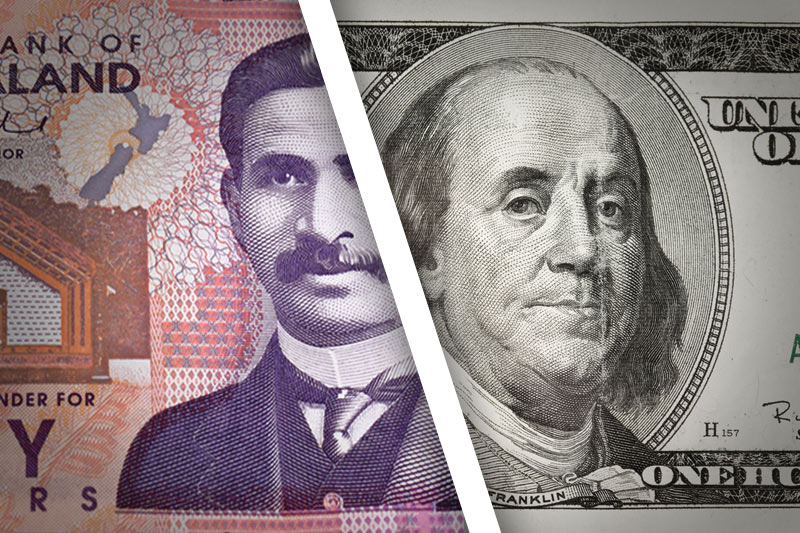Investing.com - The New Zealand dollar edged higher against its U.S. counterpart on Wednesday, but investors remained cautious amid ongoing euro zone debt concerns, while U.S. markets prepared to reopen after Hurricane Sandy.
NZD/USD hit 0.8227 during European morning trade, the daily high; the pair subsequently consolidated at 0.8215, inching up 0.09%.
The pair was likely to find support at 0.8183, the low of October 29 and resistance at 0.8237, the high of October 26.
Investors continued to await any sign that Spain is preparing to request a bailout, which would activate a bond purchasing program by the European Central Bank, aimed at lowering the borrowing costs of distressed euro zone states.
Separately, euro zone finance ministers were to hold a conference call later in the day to discuss Greece’s progress on meeting austerity targets, but no decision on when the country will receive the next tranche of its bailout was expected.
Elsewhere, the kiwi was lower against the Australian dollar with AUD/NZD adding 0.10%, to hit 1.2640.
Also Wednesday, official data showed that building approvals in Australia rose by 7.8% in September, far more than the expected 1.1% increase and following an 8.8% jump the previous month.
A separate report showed that private sector credit in Australia rose more-than-expected last month, ticking up 0.3% after a 0.2% increase in August.
Analysts had expected private sector credit to rise 0.2% in September.
Later in the day, the U.S. was to produce official data on manufacturing activity in Chicago, as well as a government report on crude oil inventories.
NZD/USD hit 0.8227 during European morning trade, the daily high; the pair subsequently consolidated at 0.8215, inching up 0.09%.
The pair was likely to find support at 0.8183, the low of October 29 and resistance at 0.8237, the high of October 26.
Investors continued to await any sign that Spain is preparing to request a bailout, which would activate a bond purchasing program by the European Central Bank, aimed at lowering the borrowing costs of distressed euro zone states.
Separately, euro zone finance ministers were to hold a conference call later in the day to discuss Greece’s progress on meeting austerity targets, but no decision on when the country will receive the next tranche of its bailout was expected.
Elsewhere, the kiwi was lower against the Australian dollar with AUD/NZD adding 0.10%, to hit 1.2640.
Also Wednesday, official data showed that building approvals in Australia rose by 7.8% in September, far more than the expected 1.1% increase and following an 8.8% jump the previous month.
A separate report showed that private sector credit in Australia rose more-than-expected last month, ticking up 0.3% after a 0.2% increase in August.
Analysts had expected private sector credit to rise 0.2% in September.
Later in the day, the U.S. was to produce official data on manufacturing activity in Chicago, as well as a government report on crude oil inventories.
